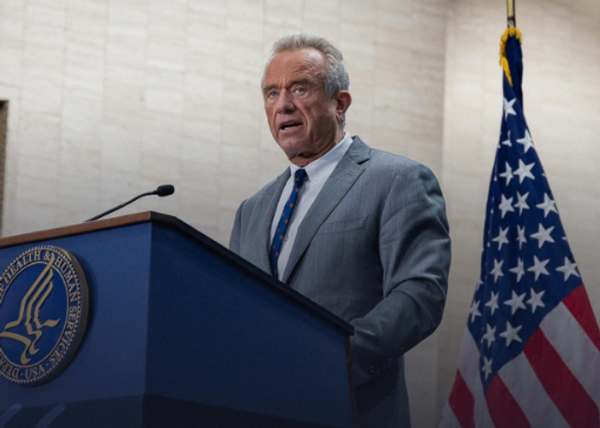The ongoing Lok Sabha election is beyond the half-way point, and while the central question of the polls remains the same — Prime Minister Narendra Modi and whether he gets a third term — there are three significant mini narratives within this meta narrative on which the election hinges, namely, women, the youth, and the Scheduled Castes (SCs).
It was in the 2019 Lok Sabha election that women, for the first time in independent India, surpassed men as voters, and while some parties, including the Congress under Rajiv Gandhi, the All India Anna Dravida Munnetra Kazhagam (AIADMK) under J. Jayalalithaa, the Biju Janata Dal (BJD) under Naveen Patnaik in Odisha, and the Janata Dal-United (JD-U) under Nitish Kumar in Bihar wooed women voters even before this reversal in electoral participation, it is in the 2024 parliamentary election that their voting preferences have become crucial and their variations interesting.
In various States, women are voting more than men or in large numbers, and not necessarily for the same party as another State. In Karnataka, for instance, in the second phase of polls in 14 Lok Sabha seats, women outnumbered men in five seats. They have come out in large numbers and observers feel that their support may be affected by the schemes of the Congress-led State government aimed at women, including free bus travel and income support schemes.
In Bihar, in the current four of the seven phases of polls in the State, the turnout of women was 6.21% more than men in the first phase, which went up to 11.6% in the third phase, to settle at a mean of 8% in the fourth phase. The National Democratic Alliance (NDA), with Mr. Kumar and Mr. Modi’s women-centric welfare policies, has usually gained an advantage in high polling among women, for example in the Bihar Assembly election of 2020. In the Hindi belt States in fact, high polling by women in the previous Assembly elections has been seen as an advantage for the BJP, as was evident in Madhya Pradesh. The women’s vote, therefore, has acquired the accoutrements of variation that were earlier accorded to men, and women are voting as a bloc but not for the same parties across the country.
Another category of voters considered above caste lines are the youth. Unemployment, specifically the serial leakage of examination papers pertaining to government recruitment for jobs, is an issue simmering with angst.
A BJP booth committee pramukh (chief) in Uttar Pradesh’s Machhalishahar told The Hindu that while he was farming, he had sent his younger brother, who has an engineering degree, to Delhi to try his luck. “This particular government has opened the least number of government vacancies till date. My brother came home a few months ago for an exam, but that got cancelled because the paper was leaked. What can we do?” he said. Roads and other infrastructure are visibly improved in this belt in eastern U.P. However, “One can’t eat this. We need jobs for young people,” he said.
While he admitted that he would be voting for Mr. Modi, he said unemployment is an issue that needs to be addressed. The issue of unemployment has anxiety running through young India, but whether it will influence outcomes in these elections is to be seen.
Quite early on in the election cycle, the issue of reservations reared its head. Remarks by BJP leaders, including Anant Kumar Hegde and Jyoti Mirdha, that a brute majority for the NDA was needed for “big changes”, was read as planning for a move to change the Constitution, especially with regard to reservations for SCs. BJP leaders, including the Prime Minister, realised early on that this issue was gaining traction, and have been at pains to refute any charge that this might happen, but the pushback happened after the first two phases of polling. It has to be seen if the outcomes, again, reflect the anxiety.
The other anxiety among SCs, especially in Uttar Pradesh, was the perceived decline of the Bahujan Samaj Party (BSP). For long the party of Dalits, especially the Jatav community, the BSP has not been able to explain fully why party chief Mayawati felt the need to remove her nephew and heir, Akash Anand, from his role as coordinator of the party, and the change in candidate in Jaunpur, from Shrikala Reddy Singh to Shyam Singh Yadav, a move that clearly seemed to be making it easier for the BJP candidate, Kripa Shankar Singh, to win. The Jatav vote, loyal to the BSP, is therefore seen as scattering, although opinion is divided over where it might accrue — the INDIA bloc or the BJP.
These three mini narratives within the overall story could determine who wins Delhi on June 4.







